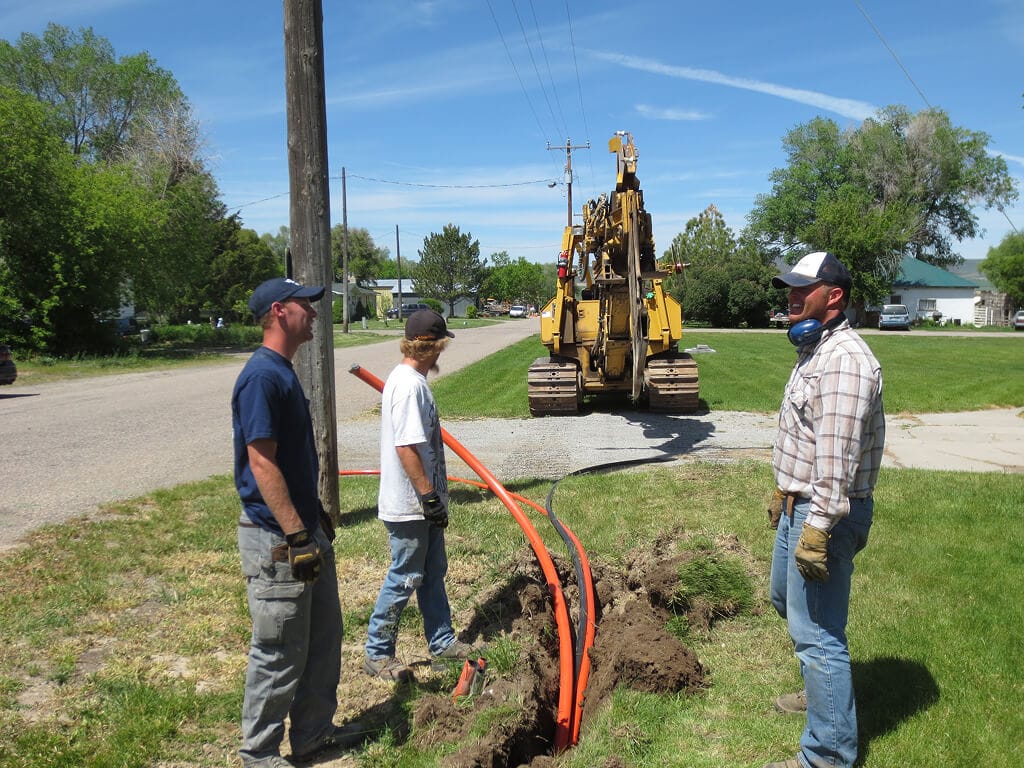Broadband Hopes Dim in Rural Arkansas as Federal Program Stalls
Arkansas made strong progress in expanding broadband through the BEAD program, but new federal rules have stalled momentum. With stricter cost requirements and equal treatment of satellite, fiber, and wireless, the future of rural internet now rests heavily on local electric cooperatives.

As high speed internet expands rapidly across the globe, many Arkansans still lack reliable access. According to the American Community Survey, about 108,000 households in the state have no internet access at all, while another 178,000 rely only on cellular data. Nearly 1,700 essential institutions, including schools, hospitals, libraries, and fire stations, remain without broadband service.
Satellite and cellular options exist in rural Arkansas, but they often fall short on speed and reliability, making them unsuitable for essential tasks like work, education, and communication. For most residents, wired broadband remains the only dependable option. Without it, many rural households risk falling further behind in an increasingly digital world.
Interrupted Progress
Arkansas had been making steady progress in expanding internet access. Through its Broadband Equity, Access and Deployment (BEAD) program, the state completed three rounds of bidding and reached 99 percent of eligible locations while using only 57 percent of its allocated budget.
That momentum came to a stop on June 6, when the National Telecommunications and Information Administration (NTIA) issued new guidelines requiring all states to restart their BEAD applications. The revised rules removed provisions tied to climate resilience, labor standards, and affordability. They also introduced a new “benefit of the bargain” clause that prioritizes cost savings over long term community needs.
Shifting Standards
The policy change has also raised concerns about technology standards. Under the new rules, states must treat all internet delivery methods, including satellite, fiber, and wireless, as equal so long as they meet minimum speed requirements.
Previously, the BEAD program defined “reliable internet” as wired connections such as fiber or licensed fixed wireless. Satellite service, while more widely available, is often considered unreliable because of slower speeds, restrictive data caps, and weather related disruptions. Arkansas’s original BEAD plan emphasized long term stability, with 89 percent of selected areas set to receive fiber.
The new “benefit of the bargain” clause created another setback for fiber expansion. Any project that exceeds the lowest cost bid by more than 15 percent is now automatically disqualified, regardless of long term benefits.
Cooperatives Step In
As federal broadband efforts stall, Arkansas electric cooperatives have become key drivers of rural fiber expansion. These member owned utilities have already invested more than $1.66 billion in broadband infrastructure, with planned spending expected to reach $2.2 billion. Notably, 79 percent of that funding comes from their own resources.
The cooperative model has proven effective in areas often overlooked by major internet providers. For large ISPs, expansion depends on profit, and rural regions rarely offer enough return on investment. Cooperatives, by contrast, prioritize service to their members even in less profitable areas.
Outlook for Arkansas
Arkansas State Broadband Director Glen Howie remains optimistic about the rollout. Despite new federal rules that emphasize cost cutting over quality, he said the state will continue to evaluate bids based on deployment speed, technical performance, and providers’ prior engagement with the program.
Future projects are expected to combine fiber, fixed wireless, and satellite connections rather than focusing primarily on fiber.
The shift highlights a turning point in America’s approach to broadband. As federal policy leans toward tighter budgets, it may be local cooperatives, not Washington, that ultimately bring reliable high speed internet to rural Arkansas.





